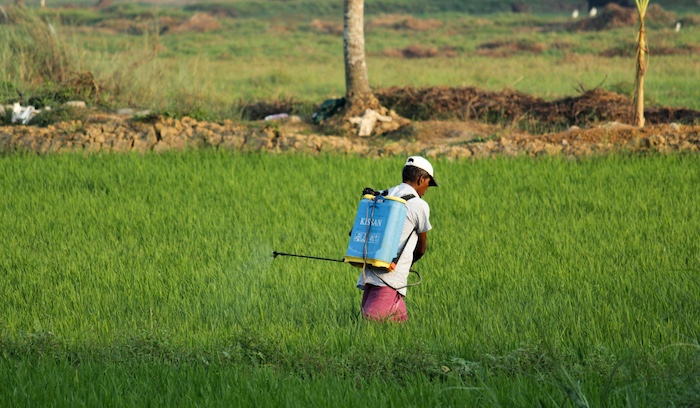[Opinion] ‘Forever’ Pesticides Threaten Worse Environmental Harms Than DDT
By Nathan Donley & Kyla Bennett | Scientific American | September 16, 2024

Read the full article by Nathan Donley & Kyla Bennett (Scientific American)
"When the U.S. Environmental Protection Agency ended most uses of the notorious pesticide DDT back in 1972, it wasn’t just because of the poison’s then suspected links to cancer and serious reproductive effects in humans. Evidence also suggested that the chemical would bioaccumulate in living things and persist in the environment for centuries, threatening the health of our children, our children’s children and beyond—a disturbing reality confirmed by recent research.
Now, more than 50 years later, a growing body of research reveals the EPA is failing to fully address a similar, and potentially even greater, multigenerational chemical threat: the skyrocketing presence of perfluoroalkyl and polyfluoroalkyl substances (PFAS), aptly dubbed “forever chemicals,” in millions of gallons of pesticide products that are widely used across the U.S. PFAS contain chemical bonds that are extremely hard to break, making them difficult to get rid of once they are released into the world. PFAS contamination has been documented in hundreds of species of wildlife from the far reaches of the Arctic to the tropics in the Pacific Ocean. Very low concentrations of many PFAS have been linked to certain cancers, delays in childhood development and immune system dysfunction in humans. Earlier this year the EPA set drinking water regulations for six PFAS, with permissible levels in the excruciatingly minuscule “parts per trillion” range.When PFAS are present in pesticide products, many of which are sprayed on food crops and run off into nearby waterways, people can be exposed by eating contaminated food and drinking contaminated water."
This content provided by the PFAS Project.
Topics: